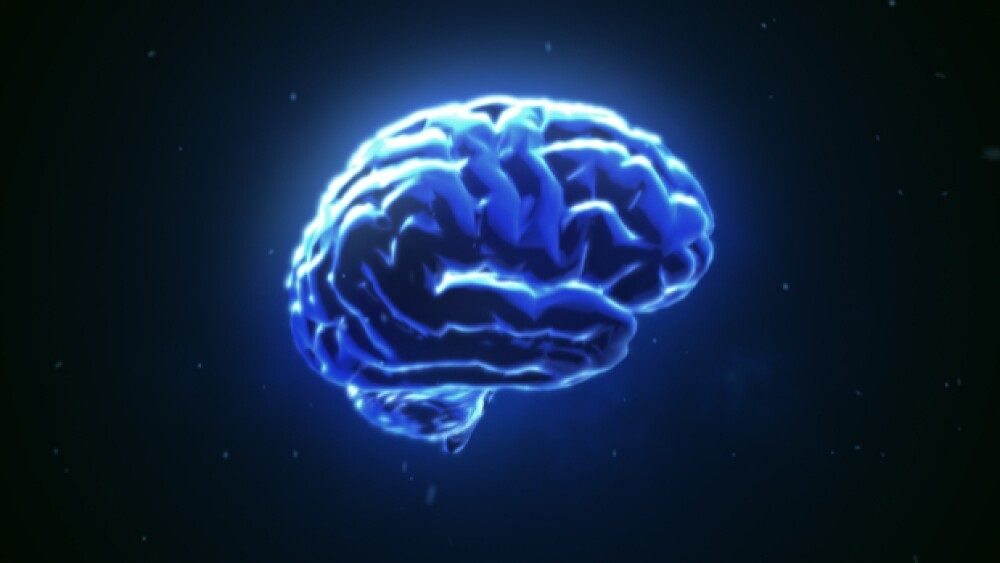Researchers with the Salk Institute combined two separate analytical techniques to analyze how epigenetics affects certain types of brain cells.
At its most basic, epigenetics is how small structures on DNA act as switches that turn genes on or off. For example, methylation, which is the attachment of a carbon atom with three hydrogen atoms, acts as that switch, causing some genes to churn out certain proteins under certain conditions, or to turn off under other conditions.
Researchers with the Salk Institute combined two separate analytical techniques to analyze how epigenetics affects certain types of brain cells. The technique is called single-nucleus methyl-3C sequencing (sn-m3C-seq). This allowed the scientists to identify gene regulatory machinery in specific cell types but may also lead the way to understanding how some cells malfunction to cause disease. They published their research in the journal Nature Methods.
“We have taken this new and better approach to analyzing the genomes of single cells and applied it to healthy brain tissue,” said Joseph Ecker, head of the Genomic Analysis Laboratory at Salk and the paper’s co-corresponding author. “The next step is to compare normal and disease tissue.”
DNA is wound around a type of protein called histones, which are then coiled into chromosomes. What has been found is that the way they are coiled and packed is related to how different sections of DNA need to interact with each other. The authors point out that different cell types have the same DNA sequence but have different chromosome structures to organize the DNA.
And as mentioned earlier, epigenetic changes to DNA act to control the timing and gene expression levels. The addition of a methyl group often blocks a gene from expressing.
The Salk researchers’ approach allowed for the differentiation of cell types based on the structure of the chromosomes and simultaneously determining the methylation patterns. Previously the two approaches were separate, which made it difficult or impossible to determine how chromosome structure and methylation patterns were related.
Ecker and Jesse Dixon, a Helmsley-Salk Fellow and co-corresponding author, used the technique on more than 4,200 human brain prefrontal cortex cells. They plan to use the technique to compare normal brain cells to the brain cells of individuals with specific brain diseases. The believe it will allow them to associate disease-causing genetic variants with the genes they regulate.
The prefrontal cortex is the area of the brain involved in problem solving and planning for the future. It contains billions of cells, but it has been difficult to determine all the different types of cells and what their genetic and molecular properties are and their function.
They developed cell-type specific chromatin conformation maps from 14 cortical cell types. The authors wrote, “These datasets reveal the genome-wide association between cell-type specific chromatin conformation and differential DNA methylation, suggesting pervasive interactions between epigenetic processes regulating gene expression.”
Chromatin is made up of protein, RNA and DNA, and is what makes up the chromosomes of eukaryotic organisms.
“We know these features can vary a lot between cell types and there’s value in having both types of information together from the same cells,” Dixon said. “It really opens up our ability to understand what regulatory sequences are affecting which genes across a wide variety of cell types and tissues.”





